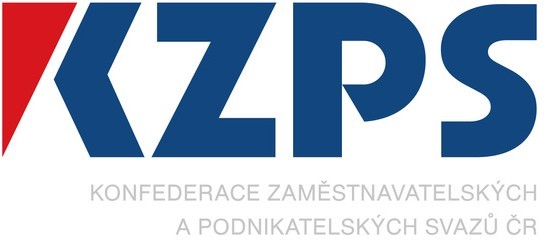Czech Business Today
EESC CORNER: Perspectives of the future EMU development
One has to admit that the euro-zone of March 2018 is something quite different in qualitative terms than the euro-zone of 2008. At that time, it faced huge pressure during the economic crisis and its impact was threatening its very existence. But, the large number of lessons learned have made it substantially stronger, not only regarding its economic performance and stability, but also through its strengthened instrumentarium.
When talking about new construction elements of the euro-zone, we have in mind not only the steps which make the euro-zone more functional and stable, but also those that through a strengthened economic governance have resulted in 8 years of benchmark discipline, responsibility and performance of the individual members and as such of the whole EU economy.
In December 2017, the European Commission announced a set of documents summarised as a package of next steps, essentially a road map for the foreseeable future of EMU. It represents more than a parametric change, rather a systemic one. It contains a set of five mutually interconnected measures following the previous activities to improve the EMU framework. It works with the creation of the European Monetary Fund as a follower of the European Stability Mechanism, including a back-stop for the Banking Union and its Single Resolution Mechanism. It also includes the Fiscal Compact into the EU legislative framework, including the principle of appropriate flexibility allowing to adjust the criteria of fiscal discipline to the concrete conditions and needs of particular Member States.
The third part of the package is represented by an innovative proposal to introduce new budgetary instruments for a stable euro-zone within the EU. This proposal is the result of finding a compromise within the effort to create an autonomous euro-zone budget. The proposal says that a stronger euro-zone line is to be incorporated explicitly within the existing EU Budget (and not to create a special budget for the euro-zone now). The euro-zone stability is to be focused on areas like investment activity, employment, and a creation of a fund for less positive periods. A part of this stability function relates also to an instrument to assist countries entering the euro-zone in terms of technical and financial support.
The fourth part is addressing some support of structural reforms in Member States and creates a space for such structural reforms that are provided on a cross-border platform in the whole euro-zone/ EU area (reflecting the concept of EVA – the European value added). And finally, point number five means an institutional adjustment to cover all of these proposed changes, the creation of a new position to oversee all of these changes, the European economic and financial minister. It will probably be the most attractive issue from the media point of view. It is possible to say that most of the measures contribute to the integrity of economic and fiscal governance in the EU as well as to the effective functioning of the Single Market, the biggest achievement of economic integration in Europe.
Petr Zahradník, Group I – Employers






